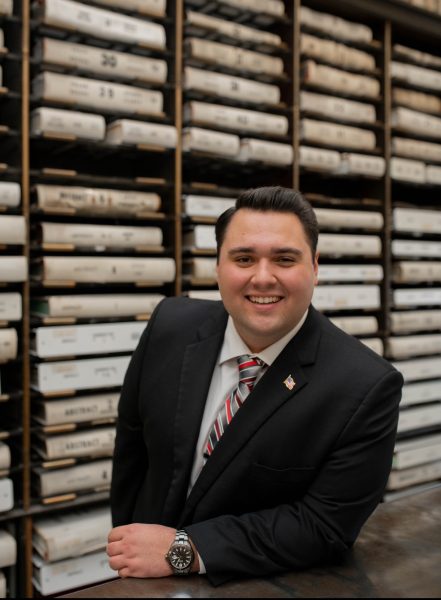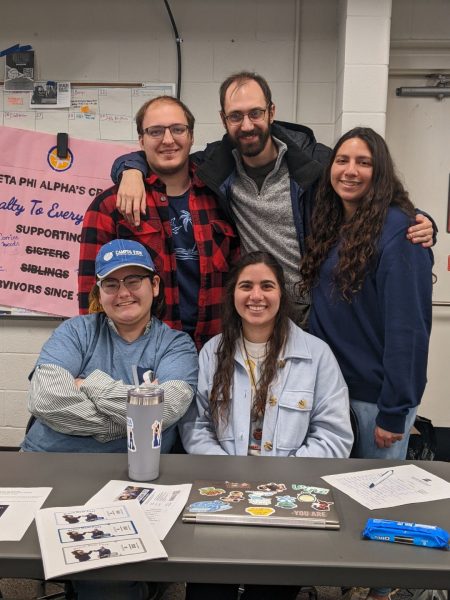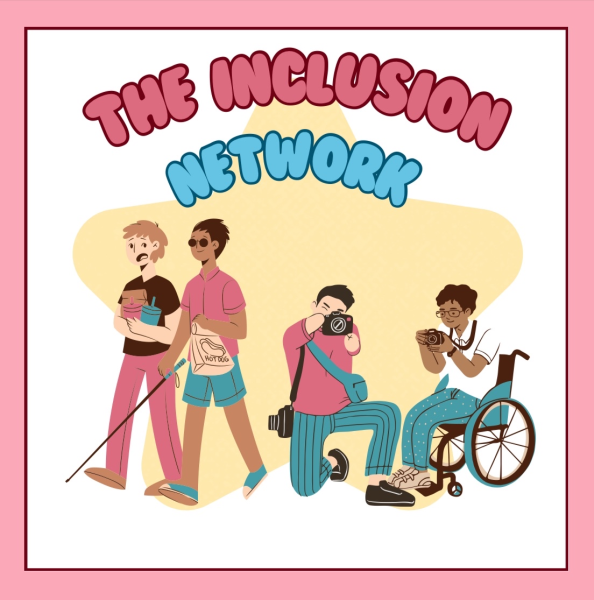Changes to the Federal Student Loan Forgiveness Program
The Department of Education has announced changes to the Federal Student Loan Forgiveness program. The agency could bring relief to more than 550,000 borrowers working in government and nonprofit sectors, with around 22,000 borrowers automatically being eligible for student loan forgiveness.
The Public Service Loan Forgiveness program (PSLF) is where the government forgives remaining federal student loan debt for public-sector workers who qualify after making monthly payments for at least 10 years. The Loan Forgiveness program has been criticized for being difficult to navigate, with little help from loan services that borrowers often use. Many are finding out that they haven’t qualified after making payments for decades. However, the Education Department said it would “restore the promise” of the debt relief program over the coming months through a set of actions, according to an agency memo.
One of the department’s actions is allowing “all prior payments” from student borrowers to count towards the program, including loan types and payments plans that did not previously qualify for forgiveness. The waiver will continue through Oct. 31, 2022.
“This limited PSLF waiver will apply to borrowers with Direct Loans, those who have already consolidated into the Direct Loan Program, and those with other types of federal student loans who submit a consolidation application into the Direct Loan Program while the wavier is in effect,” as stated by the memo.
More than one million borrowers made at least one qualifying payment. However, only a small group of those have received forgiveness. Only 5,500 people have had their debt whipped away, according to government data.
The waiver is only one part of the effort to make the public service loan program more accessible as it has been riddled with problems since President George W. Bush signed it in. Many experience confusion about eligibility requirements and the correct types of federal student loans and repayment plans, often from miscommunication between the Education Department and loan services, and between the benefits and borrowers.
“Borrowers who devote a decade of their lives to public service should be able to rely on the promise of Public Service Loan Forgiveness,” said Education Secretary Miguel Cardona. “This system has not delivered on that promise to date, but that is about to change for many borrowers who have served their communities and their country.”
The department has also stated that it will be conducting internal reviews of denied applications and external reviews of processing involved in the program. “These actions will help identify and address servicing errors or other issues that have prevented borrowers from getting the PSLF credit they deserve,” as stated in a press release.
The department has committed to helping military service members and federal employees access the Public Service Loan Program’s services. The agency said, “Next year, the Department will begin automatically giving federal employees credit for PSLF by matching Department of Education data with information held by other federal agencies about service members and the federal workforce.”
Military services members and active duty will count towards a credit on the program even if the loans were on deferment or forbearance. “Federal Student Aid will develop and implement a process to address periods of student loan deferments and forbearance for active duty service members and will update affected borrowers to let them know what they need to do to take advantage of this change,” according to the memo.
The department has also pledged to initiate an “extensive outreach campaign” to borrowers, streamlining the application process and making long-term improvements to the program through rulemaking processes. Pressure to simplify the program has grown under the Presidency of Joe Biden, committed to making moves to streamline debt relief. Over 200 organizations and the nation’s two largest teachers unions are calling on the administration to create a more straightforward path to cancel debt for anyone who has worked in the public sector for a decade.
A few members of the Democratic party, including Senate majority leader Chuck Schumer of New York and Sen. Elizabeth Warren, called on the Biden administration to go further and cancel student loan debt up to $50,000 for each borrower. However, Biden has resisted these calls from his party. Instead has focused on making changes to existing programs, such as providing debt relief for those defrauded by for-profit colleges and one that wipes away loans of those who are permanently disabled.
Biden has initiated an extension to the pandemic-related pause on federal student loan payments until January 31. Balances are paused for about a year, with no fees required on federal loans since March of 2020.

Charles Evans is a Political Science major in his Junior year at Shawnee State University. Writing is very important to Charles as it allows him to gain...




